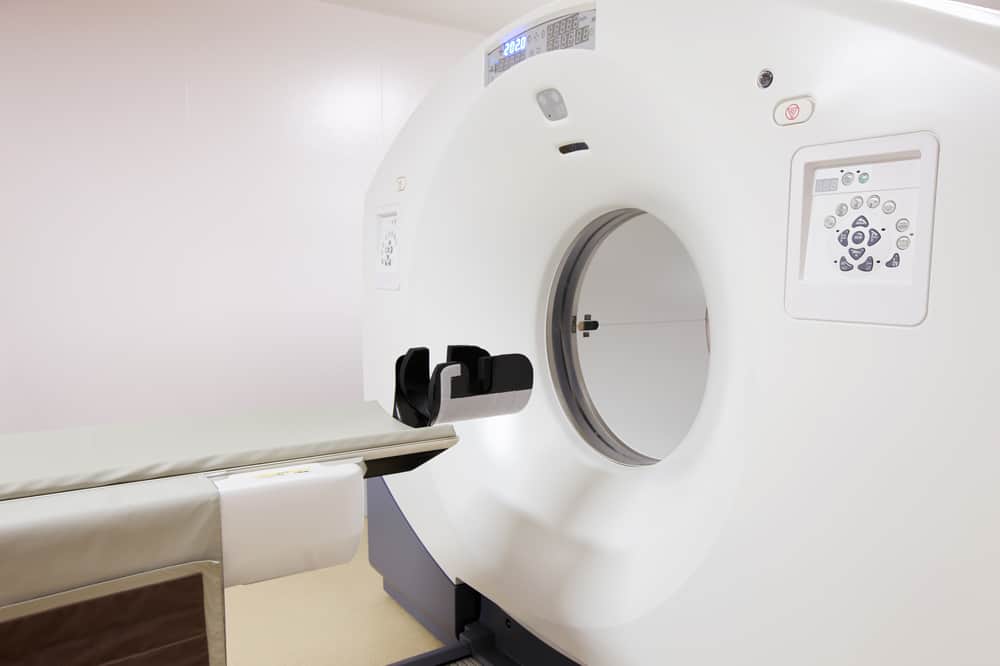Contents:
- Medical Video: Sensation & Perception - Crash Course Psychology #5
- What is that sensory processing disorder?
- Sign if someone experiences sensory processing disorder
- A problem someone might experience with sensory processing disorder
- Mental health conditions related to sensory processing disorder
- What can be done?
Medical Video: Sensation & Perception - Crash Course Psychology #5
The human brain works by receiving and interpreting information received by the nervous system such as sound, light, touch, or movement. This interpretation is important for someone to learn something. But, what if someone's brain misinterprets the information received? This is known as Sensory Processing Disorder (SPD) which is a thought process disorder and can be experienced by children and adults.
What is that sensory processing disorder?
SPD is a complex neurological condition because the brain has difficulty receiving and responding to information received by the nervous system. SPD can also cause a person's brain to misinterpret information or things they experience.
Someone who experiences SPD tends to be overly sensitive or less sensitive to things that happen around him so they can tend to be more emotional or not aware of the dangers that are around him.
Like general mental health disorders, the severity of SPD experienced by individuals can vary. The SPD condition is usually recognized during development at the age of children and can last up to adulthood. SPD is usually identified together or as a symptom of a mental disorder such as autism. Until now, SPD is not considered a mental health disorder itself so it does not have specific diagnostic criteria.
In addition, it is not known exactly what causes the SPD condition in a person. It is suspected that genetic factors are the main cause or determinant of how a person responds and processes the information he receives. Abnormal brain activity is also thought to be the cause of differences in the process of responding to stimuli in individuals who experience SPD.
Sign if someone experiences sensory processing disorder
SPD conditions can be experienced by one or several specific senses such as hearing, touch or feeling. This type of disorder can be too sensitive (hypersensitive) or less sensitive (hyposensitive) to the surrounding environment.
Some examples of symptoms from SPD hypersensitivity is
- Providing extreme responses such as feeling too afraid of certain sounds that usually do not have a certain effect on others.
- Ease of hearing or distracting background sounds or sounds that are usually not heard by others.
- Fear of touch, avoid physical contact even with people he knows.
- Fear of crowds or standing too close to other people.
- Avoid activities that require lifting the foot from the surface of the floor or ground for fear of falling.
- Having a poor balance so often falls.
While the symptoms of SPD hyposensitive is
- Have an unusual tolerance for pain.
- Can not control movement or strength.
- Can't sit in silence and really like games that involve a lot of movement.
- Tends to look for challenges but can endanger him.
- Have the urge to always touch or play an object.
- Can not maintain distance or "personal space" with other people.
A problem someone might experience with sensory processing disorder
In addition to causing an unusual response to something, SPD tends to cause someone to experience some things, including:
- Difficult to accept changes and difficulty concentrating because it is difficult to adapt to the surrounding environment so they need more time to concentrate on an activity.
- Disorders of social skills due to anxiety or easily disturbed by the presence of others.
- Disorders of motor abilities because they are less sensitive to the surrounding environment even their own body movements.
- Disturbances to control the stimulus response they receive and cause them tend to be difficult to control their own behavior.
Mental health conditions related to sensory processing disorder
There are two mental health disorders associated with SPD conditions, including Attention-Deficit Hyperactivity Disorder (ADHD) and autism. Disruption of processing certain stimuli or information similar to SPD is a symptom of ADHD and appears in people with autism. But someone with SPD does not necessarily experience ADHD or autism.
What can be done?
There is no method that can be used to resolve SPD as a whole, but there are efforts that can help someone with SPD to adapt better one of them with occupational therapy (occupational therapy) You can also help family members or children suspected of having SPD by making a home environment safe from triggers of anxiety or unwanted actions such as removing noise sources or objects that can be harmful.












